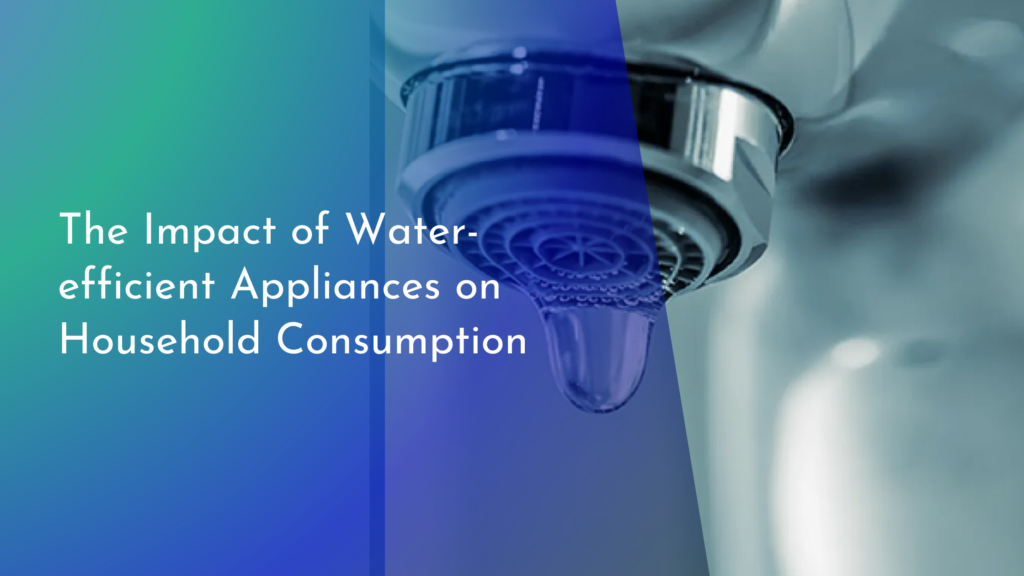Tools for Calculating Rainwater Harvesting Potential in Urban Areas
As urban areas continue to grow, the demand for sustainable water management solutions has never been more critical. Rainwater harvesting is emerging as a practical alternative to address this need, allowing city dwellers to capture and utilize the precious resource of rain. With innovative tools and calculators available, residents and municipalities alike can assess their rainwater harvesting potential and maximize water savings. This article delves into the many advantages of these tools, essential calculators for successful urban rainwater collection, a step-by-step guide for optimizing harvesting potential, and the groundbreaking technologies transforming urban water management.
Discovering the Benefits of Rainwater Harvesting Tools
Rainwater harvesting tools provide numerous benefits that can significantly impact urban living. First and foremost, these tools help cities conserve water, reduce reliance on municipal supply, and lower water bills. By collecting rainwater from rooftops or paved surfaces, residents can use this resource for irrigation, flushing toilets, and other non-potable applications. Moreover, harnessing rainwater can alleviate pressure on stormwater drainage systems, reducing the risk of flooding and water pollution.
Additionally, rainwater harvesting tools foster self-sufficiency and resilience in urban communities. By enabling individuals and businesses to collect and store rainfall, they can better manage their water resources, especially in times of drought or water shortages. As cities strive for sustainable development, these tools contribute to greener infrastructure and enhanced urban landscapes, promoting biodiversity and improving quality of life.
Essential Calculators for Urban Rainwater Collection Success
To effectively implement rainwater harvesting, several essential calculators can guide urban users in determining their specific collection potential. First, rainfall data calculators utilize historical weather patterns to estimate the average precipitation in a given area, allowing users to forecast how much rainwater can be captured throughout the year. By inputting data such as roof size and surface type, these calculators can provide valuable insights into the potential volume of rainwater that can be harvested.
Another indispensable tool is the storage capacity calculator, which helps users determine the appropriate size for their rainwater storage system. Based on factors like average rainfall, roof area, and intended water uses, these calculators ensure that users design a system that meets their needs without incurring unnecessary expenses. By leveraging these calculators, urban residents can create a well-informed plan for their rainwater harvesting systems and maximize their water conservation efforts.
Step-by-Step Guide to Optimize Your Harvesting Potential
To optimize rainwater harvesting, follow a systematic approach that begins with site assessment. Begin by evaluating the available roof area and identifying which surfaces can effectively channel rainwater into a storage system. Consider factors such as roof material (some materials may be more suitable for collecting rainwater), drainage pathways, and any obstacles that might interfere with water flow.
Next, it’s essential to select the right collection and storage system based on your calculations. Choose a rain barrel or tank with adequate capacity, and ensure proper filtration to remove debris before water enters the storage system. Regular maintenance and inspection are crucial to keeping the system running smoothly. By implementing a routine check-up schedule, you’ll ensure that your rainwater harvesting system remains effective, efficient, and ready to provide for your urban water needs.
Innovative Technologies Transforming Urban Water Management
The field of urban water management is witnessing an influx of innovative technologies designed to enhance rainwater harvesting. Smart rainwater monitoring systems, equipped with sensors and IoT connectivity, enable users to track rainfall events and monitor their storage levels in real time. These advancements not only optimize the efficiency of rainwater collection but also empower users with data-driven insights for better decision-making regarding water usage.
Moreover, advancements in water purification technologies are making it easier to convert harvested rainwater for more diverse uses. Innovative filtration systems and UV disinfection methods allow urban dwellers to expand the applications of their harvested rainwater, making it suitable for potable use in some cases. As these technologies continue to evolve, they promise to reshape urban water management, fostering a more sustainable future for our cities.
In conclusion, rainwater harvesting is an invaluable solution for urban areas facing increasing water demands. By utilizing specialized tools and calculators, residents can effectively assess and optimize their rainwater harvesting potential, transforming a simple resource into a sustainable practice. As innovative technologies continue to emerge, urban water management is set for a revolution, making our cities more resilient and eco-friendly. Embracing these tools and practices heralds a brighter, water-wise future for urban living, one raindrop at a time!


